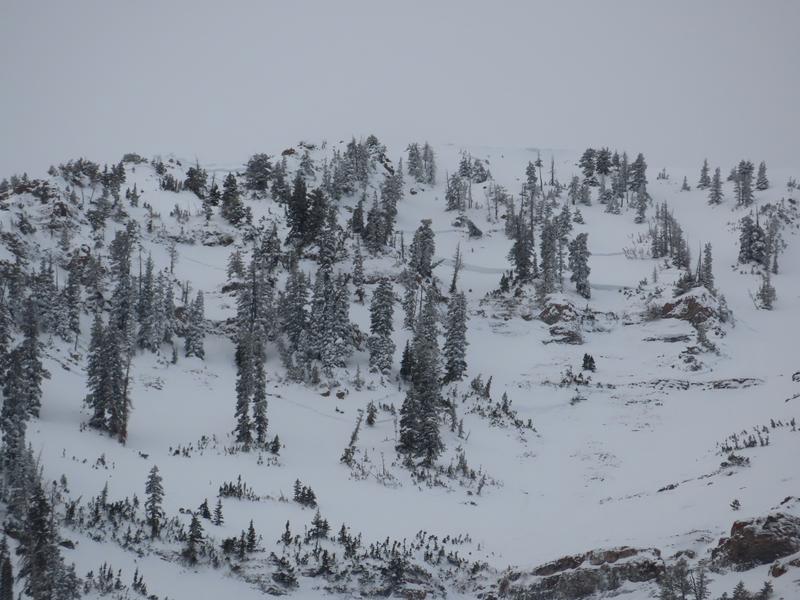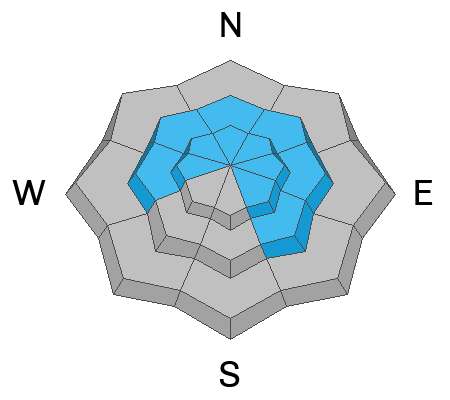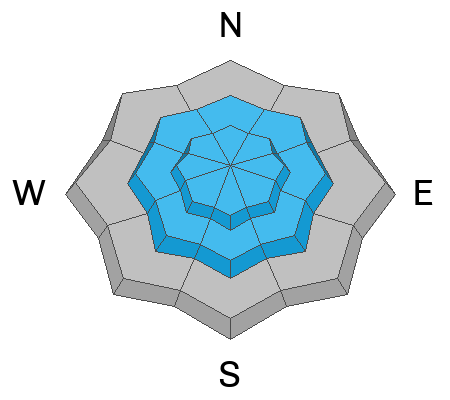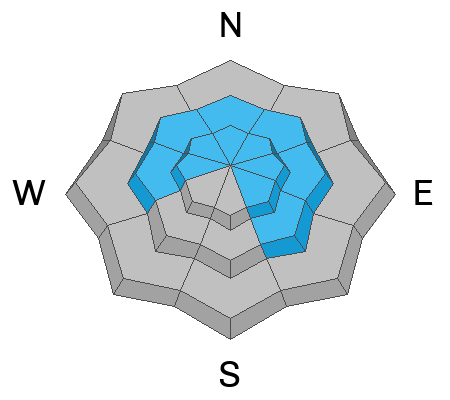Forecast for the Provo Area Mountains

Issued by Trent Meisenheimer on
Wednesday morning, February 7, 2024
Wednesday morning, February 7, 2024
UPDATE 1:36 PM: The UAC has issued an AVALANCHE WARNING. Avalanches are happening now. Strong winds and heavy snowfall have overloaded the mountains. The avalanche danger has reached HIGH danger and traveling in avalanche terrain is NOT recommended.
The avalanche danger is CONSIDERABLE across the mid and upper elevations for several avalanche problems. Pick your poison: Hard and soft slabs of wind-drifted snow. Soft slabs of new snow. Or you could trigger an avalanche that fails on a buried persistent weak layer. It's complicated and very dangerous.
In any case, the avalanche you trigger is likely a few hundred feet wide and could be 3 to 6 feet deep.
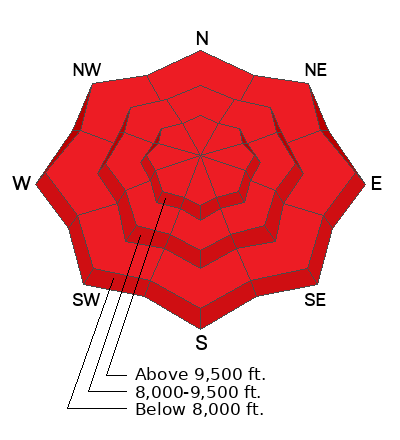
Low
Moderate
Considerable
High
Extreme
Learn how to read the forecast here



